The new Lexus LF-ZL concept showcases a future premium electric flagship SUV that, the firm claims, will use next-generation hardware and software to offer a “personalised” experience.
Taking the form of a large SUV with an exterior design that builds on that of existing models such as the RZ but with a radically revamped interior, the new machine has been revealed at the Tokyo motor show alongside the LF-ZC saloon concept.
While Lexus has indicated that a production version of the LF-ZC is due in 2026, it hasn’t revealed when a model based on the LF-ZL might go on sale. The focus for now is on showcasing how the firm’s next-generation technology will change the driving and ownership experience.
The LF-ZL is 5300mm long, which is significantly longer than even the new Lexus LM luxury MPV and the Toyota Land Cruiser-based LX, which isn’t sold in the UK. The new concept is also 2200mm wide and 1700mm tall, with a huge wheelbase of 3350mm in order to maximise interior space.

In common with the LF-ZC and the Toyota concepts unveiled at the Tokyo motor show, the LF-ZL sits on Toyota’s next-generation modular electric architecture, which is intended to offer significant flexibility in the size, shape and powertrain layout of vehicles based on it.
It achieves that by dividing the vehicle into three parts (front, centre and rear) using a new gigacasting production process that, Lexus claims, will allow for more freedom of form. Notably, vehicles on the platform will be constructed on a "self-driving assembly line", with cars moving autonomously along each stage of the process using their own battery and motor.
Although the LF-ZL features design elements seen on the current RZ electric SUV, it showcases a new form and identity for the brand. There is a reworked grille at the front, but the body of the car takes the form of a sleek SUV, with a long bonnet and a large, rounded cabin area that leads to a very short rear end.
The interior of the concept is even more futuristic and is accessed by wide-opening front doors and rear doors that appear to pop out and slide back. The front of the cabin features a driver-focused dashboard with a bold steering yoke – indicating the use of Lexus’s steer-by-wire system – and there are two digital control panels on either side.

The left panel is used to control the car’s main systems such as the drive modes and driver assistance and safety systems, while the right panel controls the infotainment and ventilation, among other features. Meanwhile, as in the LF-ZC concept, the passenger gets a large infotainment touchscreen to access key car functions.
The two rear seats appear set into the bodywork of the car and take the form of large ‘business class’-style reclining lounge chairs, complete with pop-out leg rests.
Lexus claims that the LF-ZL previews a future where “mobility, people and society can be seamlessly integrated”, including a driving experience that can be tailored to each individual. That means it will use AI in its on-board Arene OS software to take ‘hints’ from the driver’s habits to offer personalised suggestions that, Lexus claims, will “foster unparalleled interaction”.
Lexus has given no technical information on the LF-ZL yet, but it doubtless features much of the technology the firm is working on, including the steer-by-wire throttle and the Direct4 all-wheel drive system that appeared on the RZ.
Notably, both the new concepts showcase next-generation prismatic battery cells that, combined with improved energy efficiency, are intended to offer “approximately twice the range” of a conventional battery-electric vehicle – suggesting around 600 miles for the LF-ZL. Lexus confirmed that the smaller LF-ZC will offer a range of 621 miles (1000km) in production form, and that variants with lower ranges will also be available.

The concept is designed to make heavy use of a next-generation voice recognition system that will use AI to offer a service that is claimed to be “like talking to an attentive and accommodating personal servant”.
Lexus claims that the Arene OS software that it and Toyota will use in future vehicles will also have a dramatic impact on driving dynamics by enabling the car to replicate the characteristics, sounds and vibrations of different types of vehicle to suit a driver’s preference. That could be combined with the ‘manual’ EV transmission that Lexus is developing.
The firm also says on-board sensors on the LF-ZL will power a system called Interactive Reality in Motion by drawing on digital data from the car’s surroundings. This means that when a driver points to a place of interest on a journey, the car display and voice guidance will offer information about it.
Lexus has yet to indicate when a production vehicle based on the LF-ZL might arrive, or any information on performance, range or likely price. The LF moniker stands for Lexus Future and has been used for a series of concept cars in recent years, making it a possibility that any future production version could use the ZL nameplate.









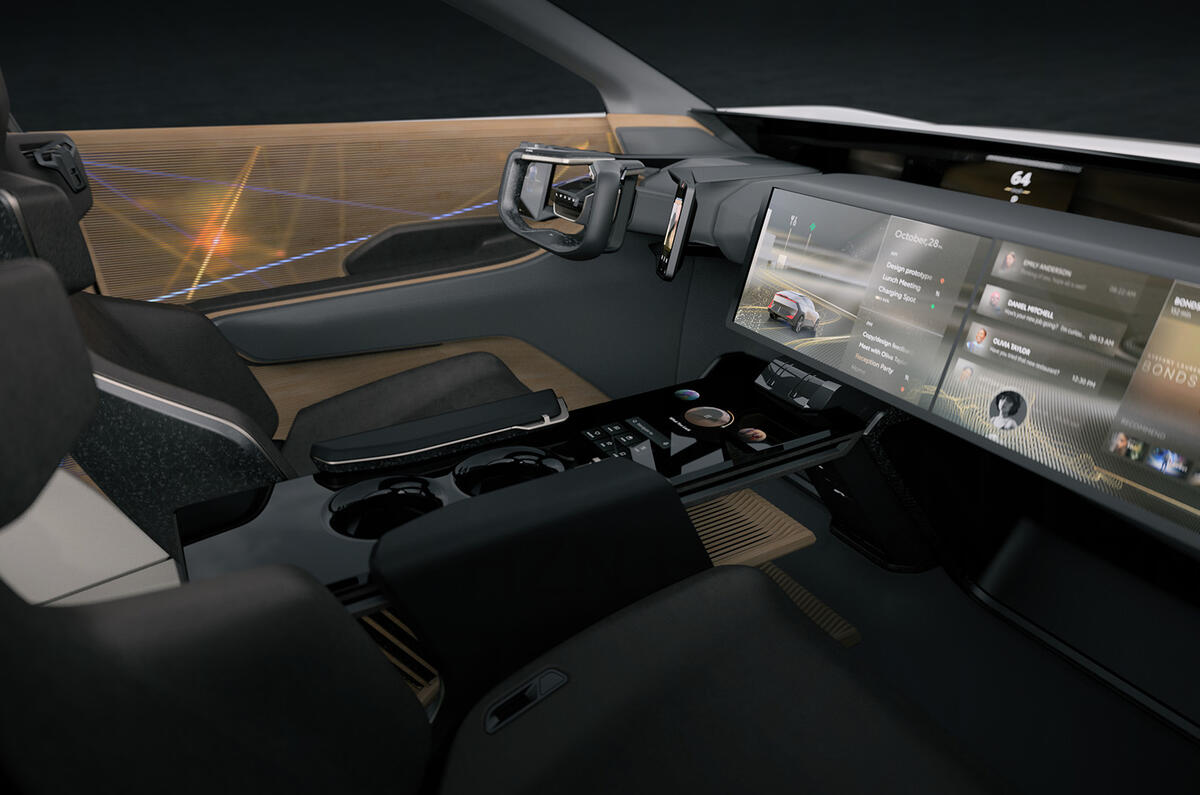
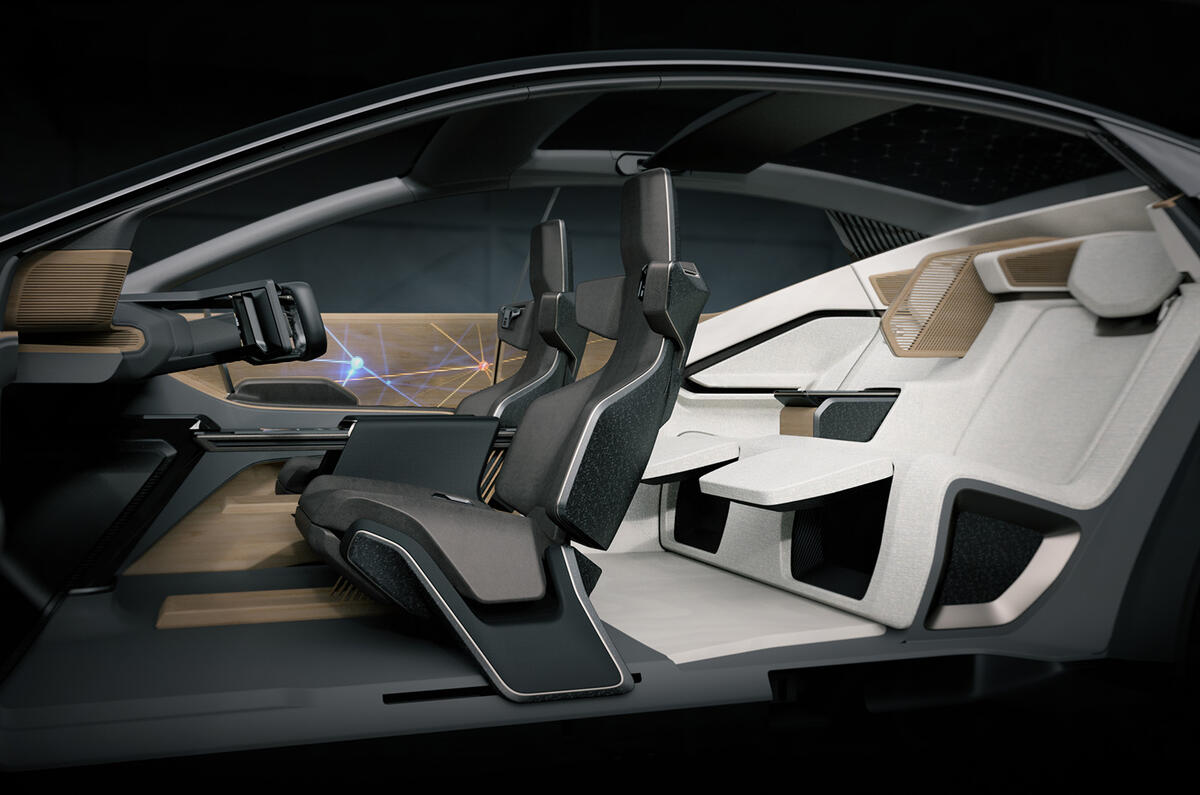





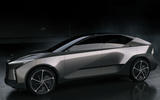

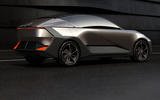




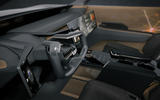













Join the debate
Add your comment
Gonna make a Range Rover feel a bit cheap if it comes out looking like this.